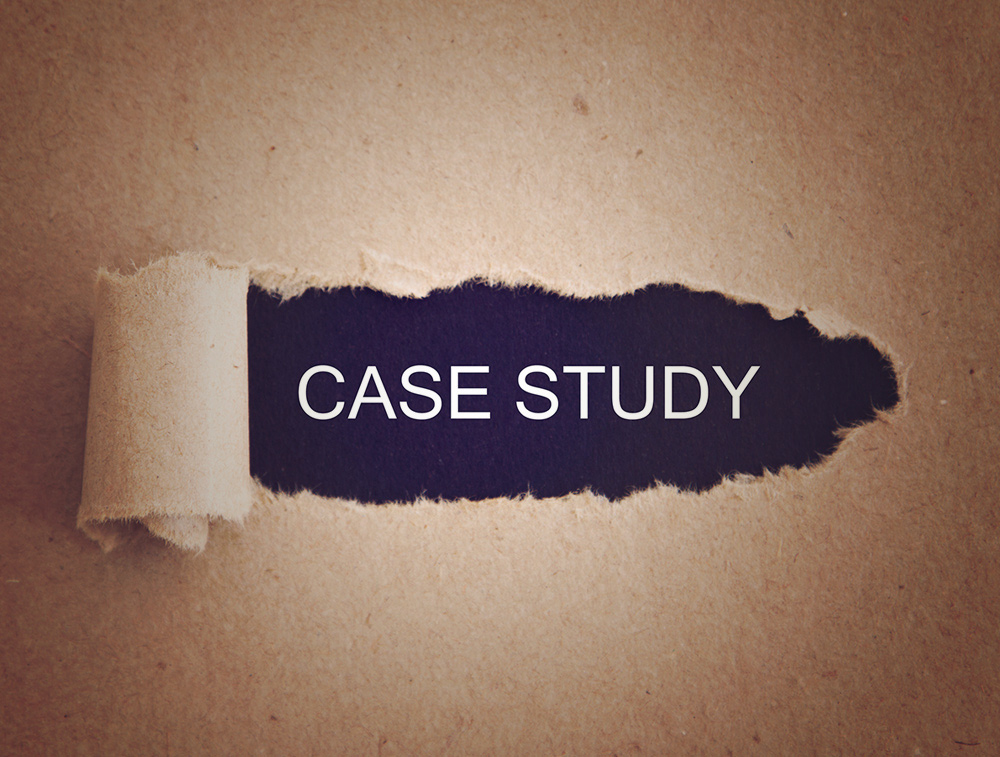Case Studies: Geofencing

These cases demonstrate how HRG’s combination of legal knowledge, investigative expertise and advanced digital forensics can turn data into actionable evidence, achieving positive outcomes for business clients, litigants and individuals.
Wrongly Accused Freed by Geofence Misidentification
A man was arrested on suspicion of murder after police obtained a geofence warrant for mobile devices near a crime scene. The warrant collected location‑history data for all devices inside a defined area and time. One of those devices belonged to our client, and his name was revealed in Step 3 of the warrant process. To build his defense, HRG’s digital forensics team reviewed the raw geofence data and reconstructed the timeline of his movements. By comparing the time‑stamped location points with traffic‑camera footage and transaction records, we proved he left the area nearly thirty minutes before the crime occurred. We also showed that geofence warrants search millions of user accounts and may implicate innocent people. Result: prosecutors dismissed all charges and the client was publicly exonerated, avoiding the reputational damage suffered by others wrongly arrested based on geofence data.
Arsonist Caught Through Carefully Drawn Geofence
After a warehouse fire destroyed millions in inventory, investigators had no eyewitnesses or clear suspects. HRG recommended obtaining a geofence warrant, but we insisted on drawing the virtual boundary as narrowly as possible and limiting the time window to the hour surrounding the blaze. Best‑practice guidance notes that geofence warrants should use the smallest reasonable geographic area and time period to avoid sweeping up unrelated devices. Step 1 returned six anonymized devices that were at the warehouse during the blaze. In Step 2 we analyzed the same devices’ movements before and after the fire and discovered that one device traveled directly from the scene to a rival firm’s office. Step 3 revealed the subscriber information, and further investigation confirmed the individual had been paid to set the fire. Result: the arsonist was prosecuted, and our client’s insurer recovered damages.
Hit‑and‑Run Driver Identified via Geofence Data
Late one evening a cyclist was struck by a vehicle that fled the scene. With no license plate captured on surveillance footage, law enforcement turned to HRG. We helped draft a geofence warrant centered on the intersection during a 15‑minute window. The warrant allowed Google to return anonymized devices within that area. After narrowing to three devices whose paths matched the hit‑and‑run vehicle’s direction of travel during Step 2 of the warrant process, we obtained the account information in Step 3 and matched one device to a registered vehicle of the same make. When confronted with the location‑history evidence, the driver admitted fault. Result: the cyclist’s medical expenses were fully compensated through the driver’s insurance, and a hit‑and‑run case that seemed unsolvable was closed.
Geofence Confirms Alibi in Assault Case
A young woman was charged with participating in a bar fight downtown. She insisted she was on the other side of town visiting friends. HRG’s digital forensics specialists preserved her smartphone’s location data, which—like most cell phones—contains GPS and sensor information capable of showing where a person was and what movements they made. We also obtained a geofence warrant for the bar during the time of the assault to compare devices in the area. Her device never appeared in the geofence results, and the phone’s GPS log showed she was miles away, traveling at highway speeds when the fight occurred. Because cell phone data can determine the sequence of events and location of an accident or incident, the prosecutor agreed that the evidence corroborated her alibi. Result: all charges were dropped and her record remained clean.
Internal Theft Uncovered Through Location Analysis
A delivery company noticed recurring losses of high‑value packages but had no video evidence of theft. HRG advised the client to require company‑issued phones to run with Location History enabled (with employee consent) and to establish geofences around warehouses and delivery routes. When packages again went missing, we compared the geofence logs with route manifests. One driver’s device showed repeated deviations to a storage facility during work hours. As geofence warrants can reveal a device’s movements within a defined region and time, the logs provided a precise timeline. After confronting the employee, he admitted to offloading packages at the storage unit. Result: the company recovered the stolen merchandise, terminated the offender, and used the geofence data to tighten internal controls and prevent future losses.
How do we contact you?
You can always call our office at (833) 788-0007 from 9 am to 5 pm, Monday through Friday, or fill out the contact form, and we will contact you shortly.

